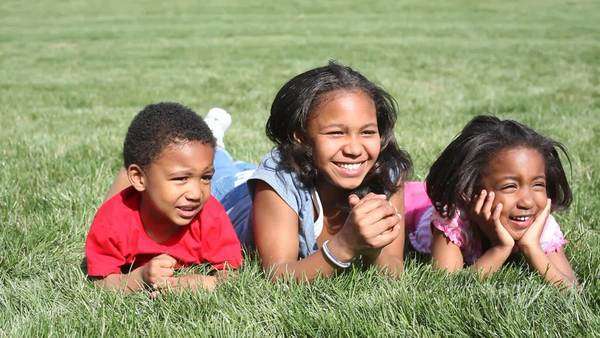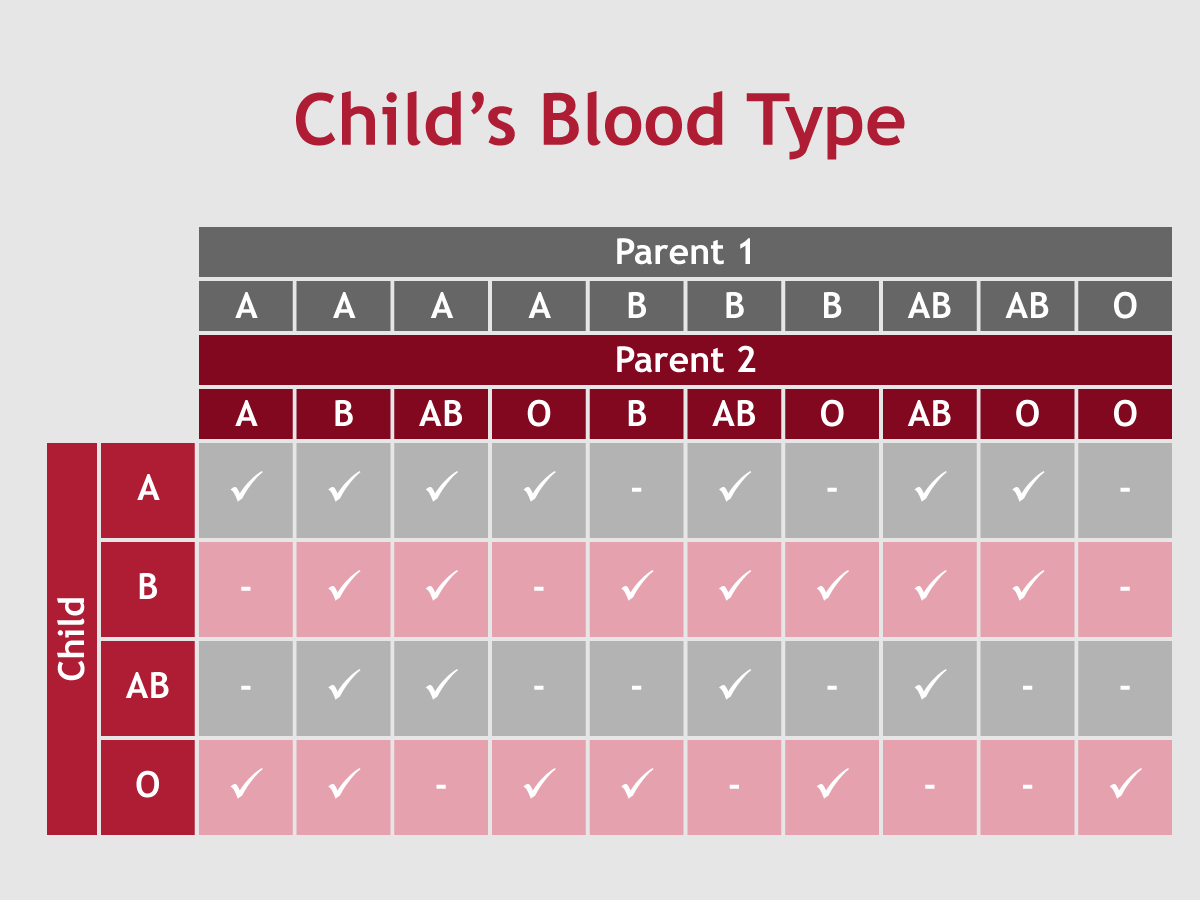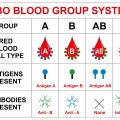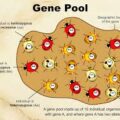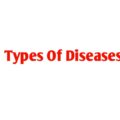Siblings are individuals who share at least one parent in common. In other words, siblings are brothers and sisters, born to the same mother and/or father. They are part of the same family, and their relationship is defined by their biological or adoptive connection to one or both parents.
Siblings can have a significant impact on each other’s lives, as they typically grow up together, share experiences, and often form strong bonds. The relationship between siblings can vary widely, ranging from close and supportive to more distant and complex, depending on various factors such as age differences, personalities, and family dynamics.
Siblings can be full siblings, meaning they have both the same biological mother and father, or half-siblings, where they share only one biological parent. Additionally, some siblings may be step-siblings, who are not biologically related but become part of the same family through the marriage of one of their parents.
Blood type is a vital aspect of human biology that has intrigued scientists and medical professionals for centuries. As families grow and siblings come into the world, many people wonder whether siblings share the same blood type. This article explores the genetic factors that influence blood type inheritance and whether siblings are likely to have the same blood type.
What is blood type?
Blood type is a classification of blood-based on the presence or absence of specific antigens on the surface of red blood cells. The four main blood types are A, B, AB, and O. These blood types are determined by the presence or absence of two antigens: A and B antigens.
- Blood Type A: Individuals with blood type A have A antigens on the surface of their red blood cells and B antibodies in their plasma.
- Blood Type B: Individuals with blood type B have B antigens on the surface of their red blood cells and A antibodies in their plasma.
- Blood Type AB: Individuals with blood type AB have both A and B antigens on the surface of their red blood cells and no A or B antibodies in their plasma. AB is considered the universal recipient because they can receive blood from any blood type.
- Blood Type O: Individuals with blood type O have neither A nor B antigens on the surface of their red blood cells but have both A and B antibodies in their plasma. O is considered the universal donor because they can donate blood to any blood type.
In addition to the ABO blood group system, there is another important antigen called the Rh factor. If the Rh factor is present on the red blood cells, the blood type is considered Rh-positive (e.g., A+, B+, AB+, O+). If the Rh factor is absent, the blood type is considered Rh-negative (e.g., A-, B-, AB-, O-).
Blood type is essential in medical settings, as it influences blood transfusions and organ transplantation compatibility. Additionally, knowing one’s blood type can be important for medical conditions and pregnancy planning. Blood type is genetically determined and inherited from parents, but it can also be affected by genetic mutations.
Understanding Blood Type Inheritance
Blood type inheritance is primarily influenced by genetic factors. The genes responsible for determining blood type are located on the chromosomes inherited from our parents. These genes are called ABO genes, and they come in three variants: A, B, and O.
Each individual receives one copy of the ABO gene from each parent, resulting in various combinations:
- Blood type A: If an individual inherits an A gene from one parent and an O gene from the other, they will have blood type A (AO).
- Blood type B: If an individual inherits a B gene from one parent and an O gene from the other, they will have blood type B (BO).
- Blood type AB: If an individual inherits an A gene from one parent and a B gene from the other, they will have blood type AB (AB).
- Blood type O: If an individual inherits O genes from both parents, they will have blood type O (OO).
Do Siblings Have the Same Blood Type?
No, but it is possible for siblings to share the same blood type. The blood type of siblings depends on the genetic combinations inherited from their parents. Let’s explore tihe different scenarios:
- Siblings with the same blood type: If both parents have the same blood type and pass on similar combinations of ABO genes to their children, there is a high probability that the siblings will share the same blood type. For instance, if both parents have blood type A (AO) and they each pass on the A gene to their children, all the siblings will have blood type A.
- Siblings with different blood types: If both parents have different blood types, the possibilities for their children’s blood types increase. Depending on the genetic combinations inherited from each parent, siblings may have different blood types. For example, if one parent has blood type A (AO) and the other has blood type B (BO), their children could have blood types A (AO), B (BO), AB (AB), or O (OO).
- Siblings with the same blood type as one parent: In some cases, siblings may share the same blood type as one of their parents. This can occur if one parent has two identical ABO genes (AA or BB) and passes on the same gene to all their children.
Conclusion
In conclusion, the blood type of siblings depends on the genetic combinations inherited from their parents. While it is possible for siblings to share the same blood type, it is not guaranteed. The ABO blood group system, determined by the presence or absence of A and B antigens, along with the Rh factor, plays a crucial role in determining blood type.
As families are diverse, with parents carrying different combinations of ABO genes, siblings can have a variety of blood types. Understanding blood type inheritance can be significant in medical scenarios, such as blood transfusions and organ transplantation, where compatibility between donors and recipients is crucial. In any case, blood type is just one aspect of our genetic makeup that makes each individual unique, yet connected as part of a family.

